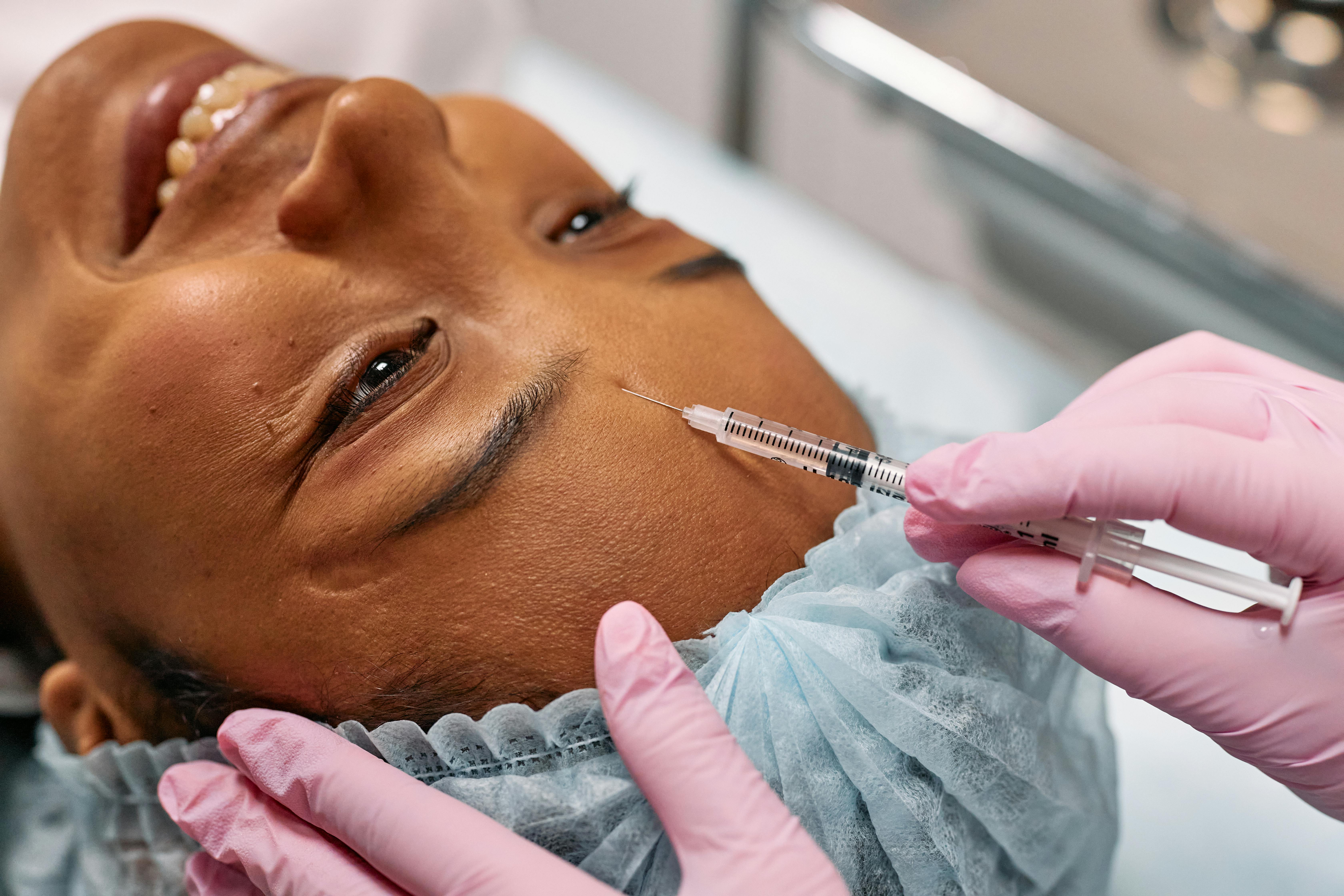Hyaluronic Acid: What It Does for Lips and Cosmetic Beauty
Hyaluronic acid is a naturally occurring substance in skin and connective tissue that helps retain moisture and maintain volume. In cosmetic medicine it's widely used as a dermal filler to plump lips, smooth lines, and restore facial contours with predictable, reversible results. This article explains how hyaluronic acid works, what to expect from an injection, and how it fits into a modern beauty routine. This article is for informational purposes only and should not be considered medical advice. Please consult a qualified healthcare professional for personalized guidance and treatment.

How does hyaluronic acid enhance lips?
Hyaluronic acid filler is commonly selected for lip augmentation because it binds water, creating natural-looking fullness and improved hydration. During a cosmetic injection to the lips, practitioners can sculpt the vermillion border and body of the lip to correct asymmetry or add volume. Results typically appear immediately, with subtle settling over the following days as swelling decreases. Because hyaluronic acid is biocompatible and can be broken down by the enzyme hyaluronidase, many practitioners prefer it for lips where reversibility and fine control are important.
Is hyaluronic acid safe for cosmetic use?
Clinical use of hyaluronic acid as a cosmetic filler has an established safety profile when administered by trained professionals. Common short-term effects include swelling, bruising, tenderness, and mild discomfort at the injection sites; these usually resolve within a week. Rare but serious complications can include infection, allergic reaction, or vascular occlusion — a blockage of a vessel — which requires immediate medical attention. To minimize risk, seek licensed practitioners with experience in facial anatomy and emergency protocols.
What happens during an injection procedure?
A typical cosmetic injection session begins with a consultation to discuss goals, medical history, and product choices. Providers may use topical numbing or local anesthetic for comfort. The injection itself is relatively quick, often under an hour for lips or small areas. Afterward, clinicians give aftercare instructions—avoid strenuous exercise, excessive heat, and certain medications that increase bleeding for a short period. If swelling or bruising occurs, cool compresses and elevation can help. For any unexpected pain, changes in skin color, or loss of sensation, contact your provider immediately.
Some clinics and booking platforms rely on online systems that can occasionally experience technical issues. If you see errors like: Service Unavailable: , it may indicate a temporary outage; call the clinic directly or use alternate contact methods to confirm your appointment. When searching for a provider, consider local services and read provider credentials and patient reviews to ensure appropriate experience.
How does hyaluronic acid fit into everyday beauty?
Beyond injections, hyaluronic acid is a popular topical ingredient in serums, moisturizers, and masks due to its humectant properties. Applied topically, it helps attract and retain moisture on the skin’s surface, improving skin plumpness and texture over time. Cosmetic strategies often combine topical hyaluronic acid for daily hydration with targeted filler injections for structural volume. A balanced regimen—sunscreen, gentle exfoliation, and appropriate hydration—supports longer-lasting cosmetic results and overall skin health.
Is hyaluronic acid the same as a dermal filler?
Hyaluronic acid is a type of dermal filler, but not all fillers are hyaluronic acid. Other filler materials include calcium hydroxylapatite and poly-L-lactic acid, each with different properties, longevity, and intended uses. Hyaluronic acid fillers are favored for areas like the lips and nasolabial folds because they offer a balance of malleability, safety, and reversibility. Duration of effect varies by product formulation, injection technique, and individual metabolism; many hyaluronic acid fillers last several months to over a year in typical use.
Conclusion
Hyaluronic acid has become a cornerstone of contemporary cosmetic practice for adding volume, improving lip shape, and enhancing skin hydration. When performed by qualified clinicians and combined with sensible aftercare and topical maintenance, treatments can produce natural-looking, reversible results that align with evolving beauty goals. Always verify provider credentials, discuss risks and alternatives during consultation, and rely on trusted communication channels if online booking systems encounter technical errors.






